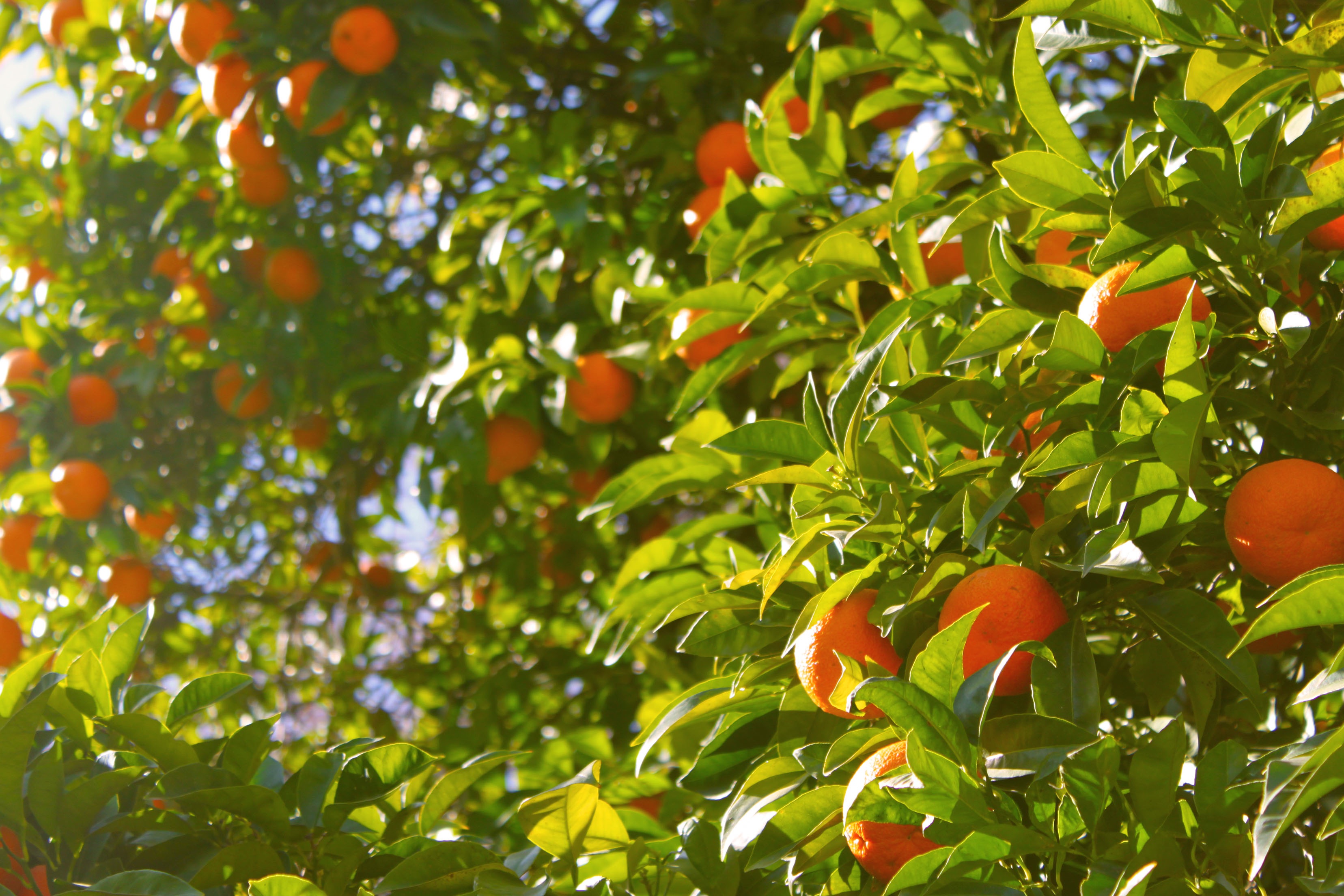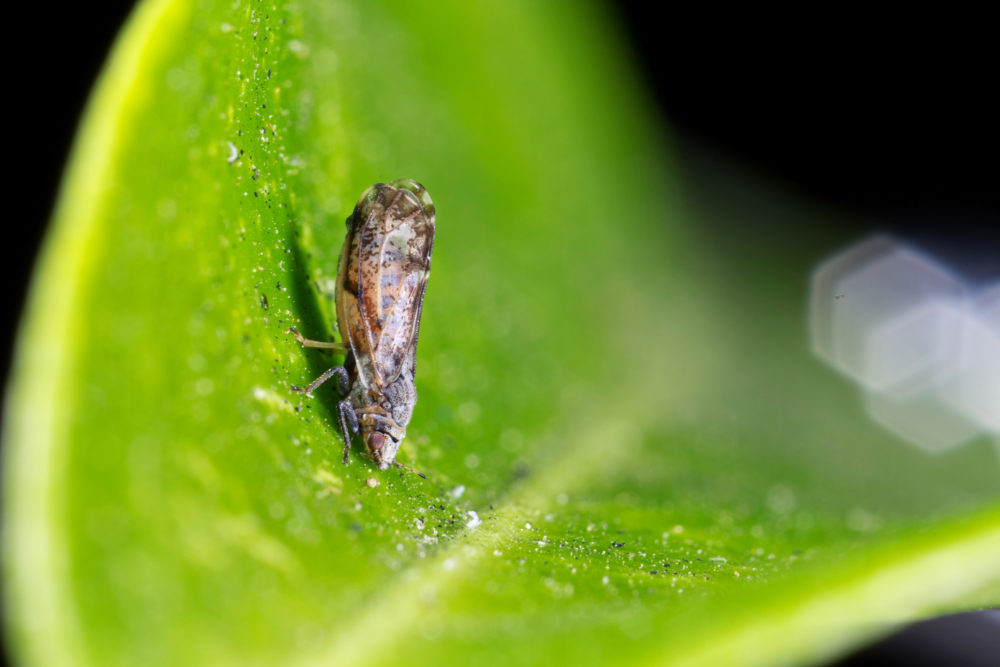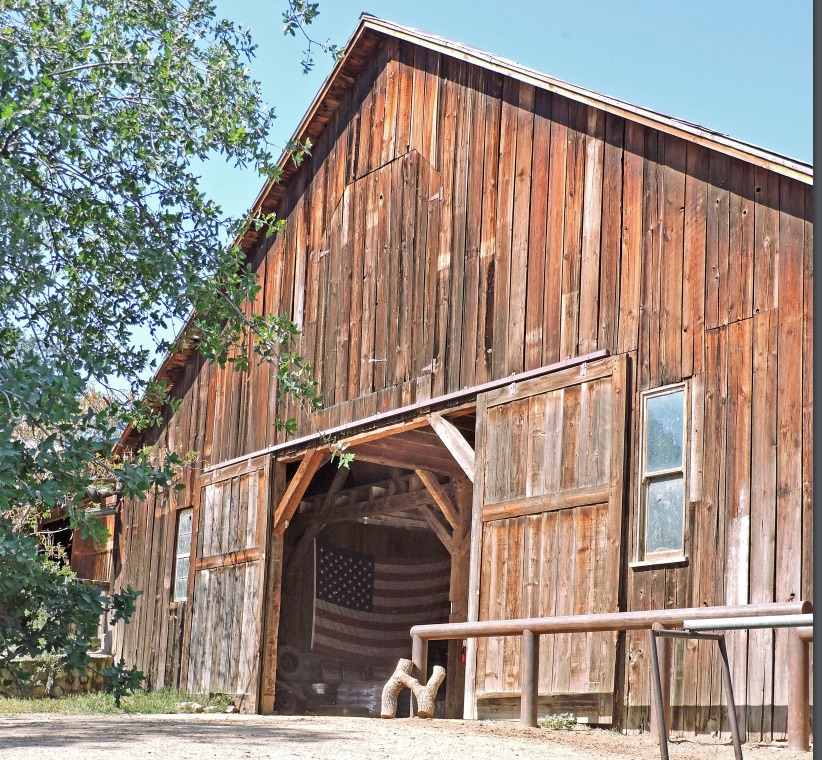Interesting Forecast: Wetter Winter, with Possible Deep Frost?
Weather Pattern in California Could Hurt Citrus, Predictions Say
By Patrick Cavanaugh, Farm News Director
Some meteorologists are seeing evidence of weather data on the North Pole that could point to more rain and snow this winter. However it could come with several freeze events, which could hurt crops, especially citrus.
The Global Forecast Center is a group of meteorologists in Northern Idaho that conducts weather forecasting for agricultural interests throughout Florida, California and portions of Texas. In fact, they work closely with California Citrus Mutual.
Tom Dunklee, president and chief atmospheric scientist, Global Forecast Center and its associated “WeatherWatch” service, said, “What we see in our frost outlook is a cold year coming up and a bit of an increase in rainfall, which will make everybody happy. But we may have to pay the price with some very cold temperatures following these fronts.”
“The rains may be more frequent, but they will not be real big rain producers. They won’t be like El Niño years, where you get an inch and a half of rain or more. They will be cold, wet weather systems that come through, one half inch of rain at a time, followed by a possibility of frost,” Dunklee said.
Dunklee predicts the rain events may be followed by some dry weather for three or four days, then by another front coming through, doing the same thing. “What we are seeing is the type of weather pattern we saw in the late 1960s. It’s been quite a while since we’ve had one of these years shape up,” he said.
“I don’t think we are going to have a “Miracle March.” Instead, we are going to have a warm and drier than average spring. Most of the moisture is going to come in December, January and February, comprising those frequent frontal systems. Most of them will be followed by cool air and showery weather. Then the weather will dry out for three or four days, and the wet weather will return.”
Dunklee spoke of the intrusions of the cold arctic air that could arrive. “We think the intrusions will be from the North and Northeast—from Montana coming down through Nevada, then through the San Joaquin river drainage bringing quite a bit of cold air filtering into the [Central] Valley, and we’ll get the possibility of a hard frost, and maybe a freeze sometime in late December,” Dunklee said.
Dunklee also spoke about an increase in snowpack. “At the 7,000 foot level this year we may see higher than average, about 120% to 130% of average snow fall. It will be on the average of about six or seven feet. It may not actually get that deep at one time, but the potential is there for that,” he said.
“Most of the time it’s going to be about two, three feet of snowfall during the real cold months. Then in the spring it will melt fairly quickly, but it potentially is going to be a good snow pack, a little bit higher than average,” Dunklee said.














 In a ingenious effort to control the spread of the psyllid, t
In a ingenious effort to control the spread of the psyllid, t
























